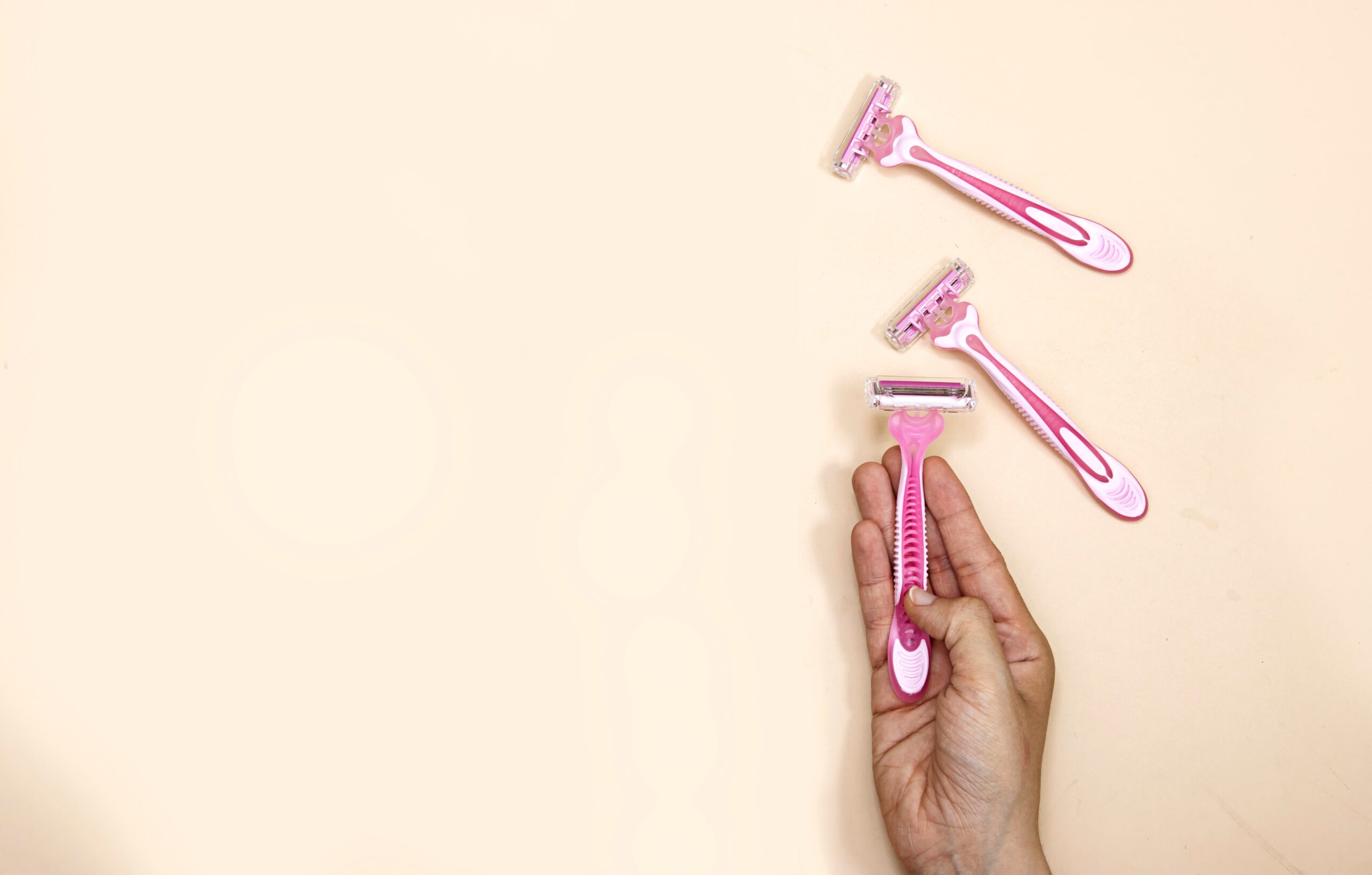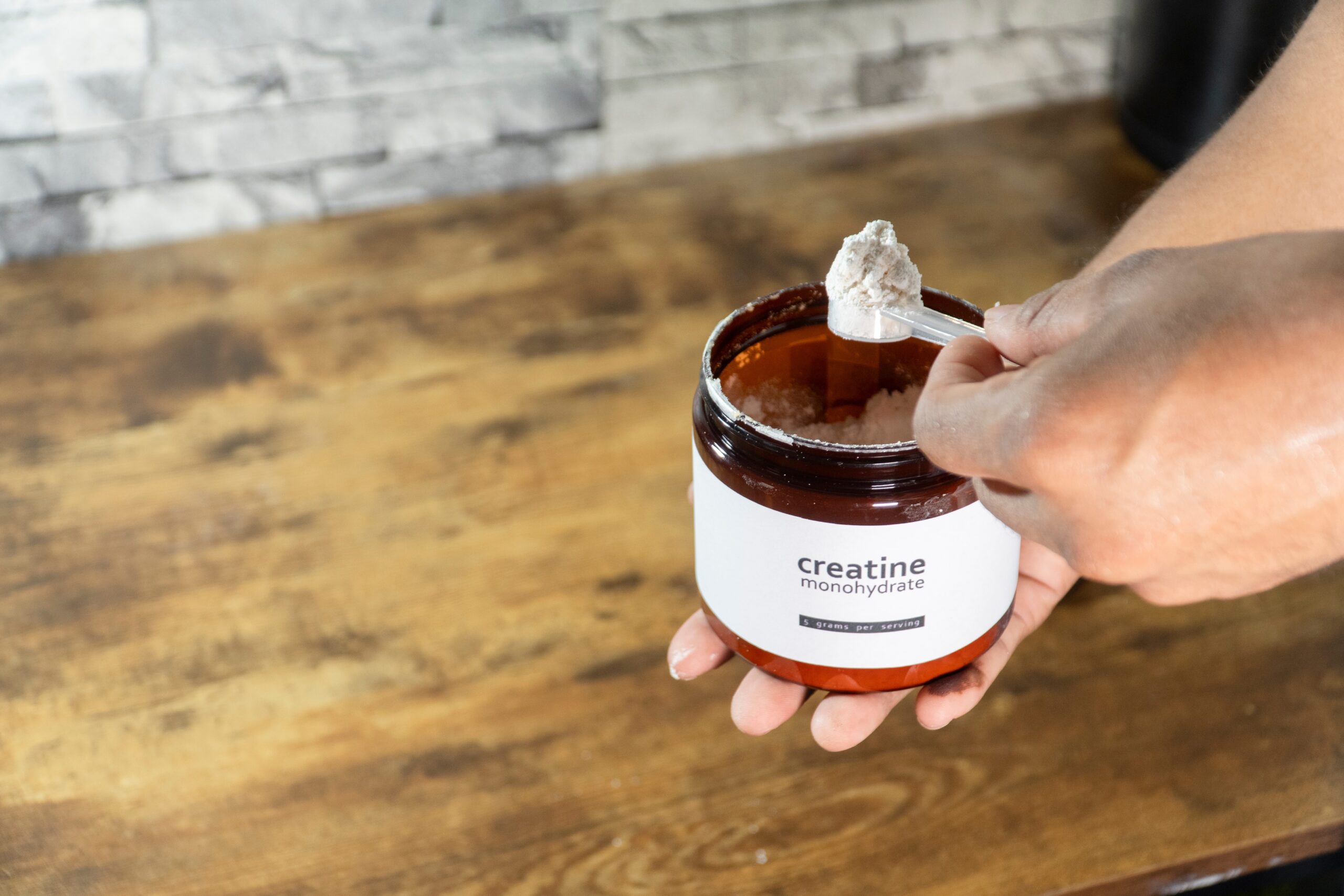One viral TikTok video from a board-certified dermatologist has upended everything you thought you knew about shaving—and if you’ve battled ingrown hairs, you might be following the wrong “close shave” advice.
Story Snapshot
- Dr. Samantha Ellis, a dermatologist, went viral by challenging the superiority of multi-blade razors, advocating single-blade options instead.
- Her advice directly contradicts decades of razor marketing and has ignited widespread debate across social media and mainstream media alike.
- Ellis’s science-backed tips are shifting consumer interest and may reshape the shaving industry’s future.
- The story spotlights the power of expert voices on social platforms to disrupt conventional wisdom and industry narratives.
Decades of Shaving Myths Face an Unexpected Challenger
Every drugstore shelf tells the same story: more blades mean a better shave. Razor ads have hammered this message since the 1970s, promising smoother skin and fewer bumps with every new blade added. Yet in June 2024, Dr. Samantha Ellis—a dermatologist with credentials as sharp as her wit—posted a TikTok video that tore through this narrative like a scalpel through tissue. Her claim? Multi-blade razors may look high-tech, but they are the hidden culprits behind those persistent ingrown hairs and red bumps that haunt so many shavers, especially those with curly or sensitive skin.
Ellis’s message didn’t just catch fire; it exploded across digital platforms, racking up millions of views and igniting comment sections with anecdotes, questions, and heated arguments. She broke down the science: multi-blade razors pull hair below the skin’s surface, setting the stage for hair to curl back and become trapped—a perfect recipe for ingrown hairs. Her solution is refreshingly simple, almost retro: go back to a single-blade razor, the kind your grandfather might have used, and follow a routine focused on skin preparation and aftercare, not just the number of blades.
How a Dermatologist’s TikTok Upended Industry Dogma
Ellis’s viral moment is not just a story of one expert’s advice. It’s a collision between entrenched marketing dogma and evidence-based medicine, playing out on the world’s fastest information highways. For years, razor brands have invested billions in persuading consumers—especially women—that more blades equal more beauty. But persistent complaints about post-shave irritation and ingrown hairs have lingered in the background, dismissed as the price of smooth skin.
Social media has changed the balance of power. With TikTok’s algorithm amplifying credible, relatable voices, Ellis’s recommendations have become impossible for both consumers and manufacturers to ignore. Other dermatologists have entered the fray, some echoing her advice, others offering nuanced takes: technique, skin type, and aftercare all matter, but the basic mechanism Ellis describes is well documented in dermatological literature. The result is a growing chorus urging consumers to rethink the tools and techniques they’ve been sold for decades.
Ripple Effects: From Bathroom Cabinets to Boardrooms
Within weeks, the debate spilled out of TikTok and into major news outlets. Consumers flooded forums with personal stories—some swearing by their decades-old safety razors, others clinging to the comfort of multi-blade designs. Razor brands faced a new challenge: how to defend their flagship products against a rising tide of science-driven skepticism. Some responded by launching “sensitive skin” lines or highlighting their own single-blade options, while others doubled down on marketing claims with “innovation” as their rallying cry.
The impact reaches beyond razors. Dermatologists and skincare professionals are enjoying a surge in credibility and influence, as the public increasingly seeks out practical, evidence-based advice. The story also highlights a generational shift in consumer behavior: today’s buyers want proof, not just promises, and they’re willing to challenge authority—brand or otherwise—if the facts don’t add up. In the short term, expect a run on single-blade razors. In the long term, watch for deeper transparency and innovation from the entire grooming industry.
Science, Skepticism, and the Future of Shaving
Ellis’s advice is not a magic bullet for every skin type, and some dermatologists maintain that with proper technique, multi-blade razors can be safe for many users. But her core message—question the marketing, know your skin, and trust the science—has achieved rare resonance. The episode is a case study in how a single, well-timed expert voice, amplified by social media, can force an industry to reconsider its most basic premises.
As the conversation continues, one thing is clear: the days when razor companies dictated the rules of shaving are numbered. The next time you reach for your razor, you might ask yourself not how many blades you need, but whether your skin—and your common sense—deserve something better.
Sources:
John Muir Health – Dr. Samantha Ellis








